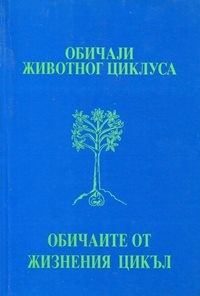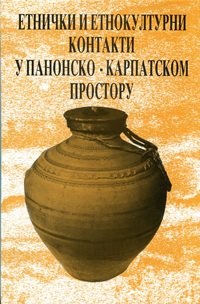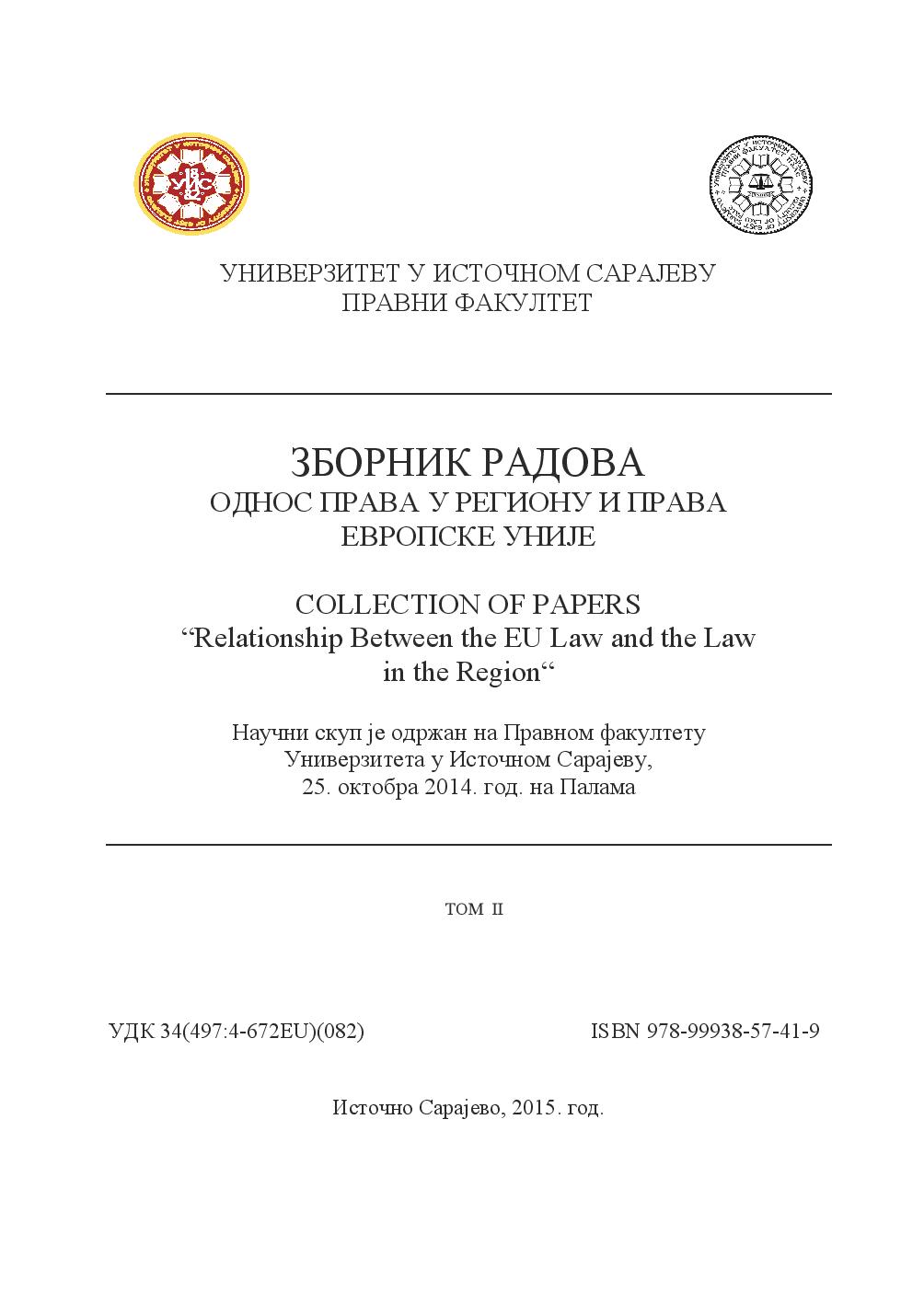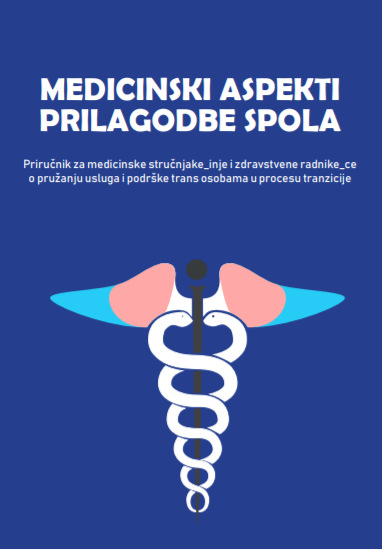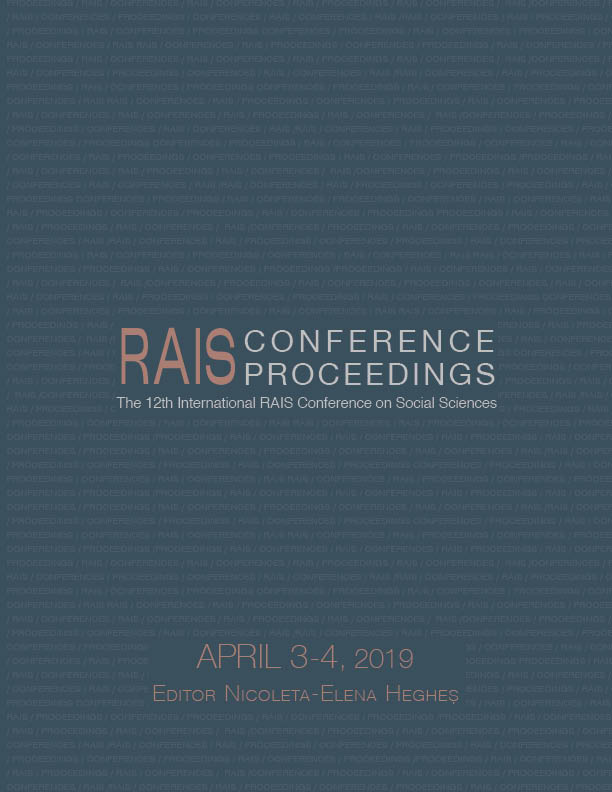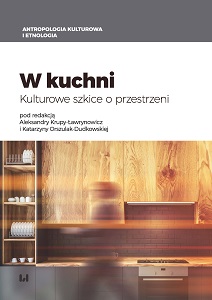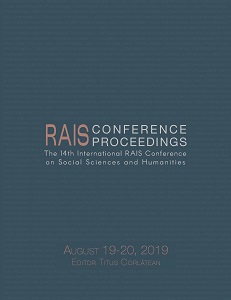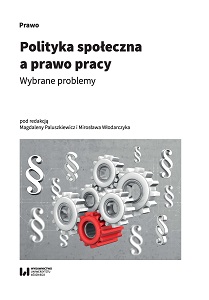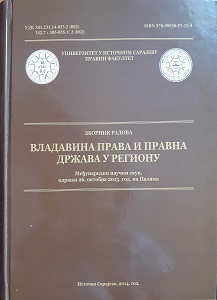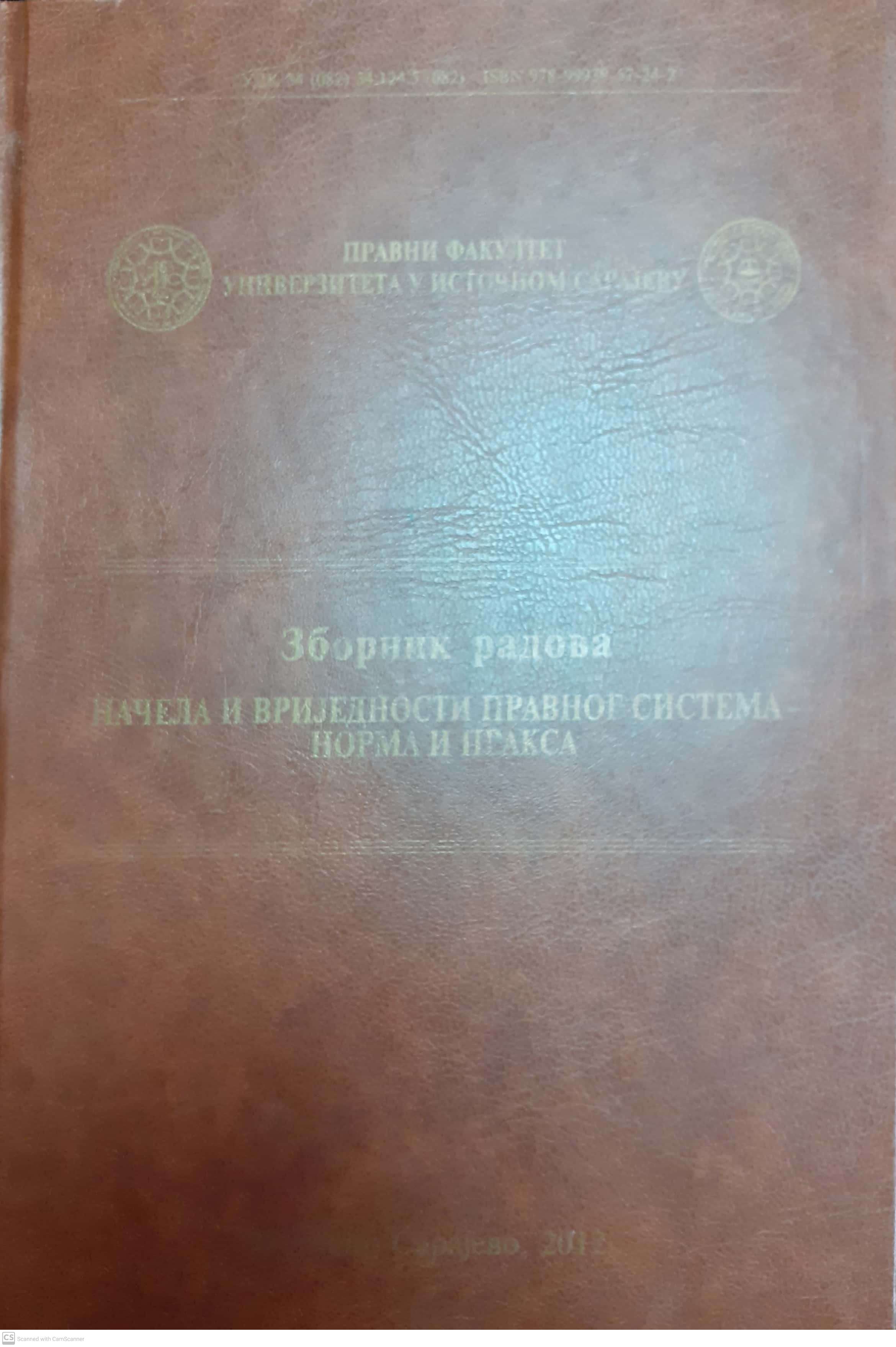
Niepełnosprawny jako aktywny obywatel – problematyka integracji społecznej i zawodowej osób niepełnosprawnych w Polsce
The paper describes two main approaches to activation services offered to persons with disabilities: social (re)integration (rehabilitation / inclusion) and work integration (vocational rehabilitation). Work integration is characterized as an aim and result mainly of the state policies while social inclusion is characterized first of all as a phenomenon of activities undertaken by associations and foundations from the third sector. Author arguers for the complementary character of relation between social inclusion and work integration programs. Both have to produce an empowerment effect through their services. It is also stressed luck of co-ordiation of activation services offered by different institutions as state fund called PFRON, social integration centers, social welfare agencies and job centers.
More...
